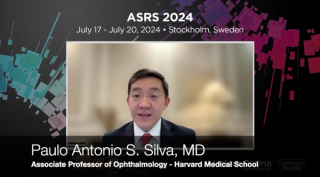
Imaging
Latest News

Latest Videos

CME Content
More News

A study by a team of Chinese researchers highlights the potential of optical coherence tomography angiography (OCTA) in detecting retinal microvascular damage in renal hypertension patients. OCTA identifies reduced vascular density in key retinal regions, offering a noninvasive tool for early diagnosis and systemic disease management.
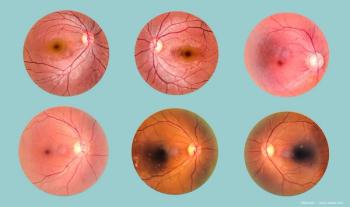

A recent cohort study revealed low adoption of FDA-approved AI-based diabetic retinopathy detection, with less than 5% of diabetic patients receiving ophthalmic imaging. Researchers emphasize the need for improved awareness, cost-effectiveness, and integration to increase diabetic retinopathy screening rates.
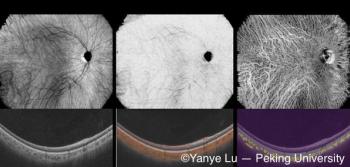
Peking University researchers have developed a deep learning-based, noninvasive choroidal angiography method that enables detailed 3D visualization of choroidal vessels from OCT scans. This technique could improve diagnostics for retinal diseases like macular degeneration, offering a safer alternative to traditional methods.

A home self-imaging device can provide ophthalmologists with actionable insight between office visits for AMD

Researchers find a strong link between Alzheimer's disease and retinal thinning

The award from the National Institutes of Health will enable a team of researchers to investigate Alzheimer and Parkinson progression through the eye.

CVD could impact physicians' ability to identify choroidal melanoma from choroidal nevus.
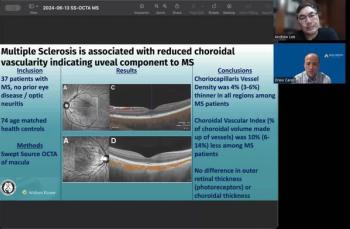
Andrew Lee, MD, and Andrew Carey, MD, sit down on another episode of the NeuroOp Guru to discuss Multiple Sclerosis and its association with reduced choroidal vascularity.

The nOCT allows for detailed visualization of the brain's vascular anatomy.
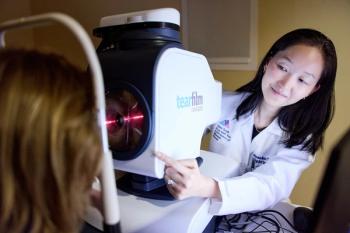
TFI employs spectral interference technology to image and map the corneal surface.

The companies are teaming up to reduce care gaps and improve eye and vision health by bringing diabetic retinopathy and other eye disease screening services to patients in their own homes and workplaces.
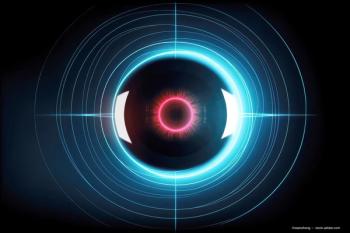
Technology offers increased usability, safety, and accuracy in MIGS procedures.

Comanagement is a key component for treatment of disease.

The mapping method revealed prominent microscopic abnormalities consistent with diabetic retinopathy.

Alternate methods of screening may lead to earlier diagnosis of disease.

Joseph Izatt was a skilled researcher and inventor who played a foundational role in the development of optical coherence tomography.
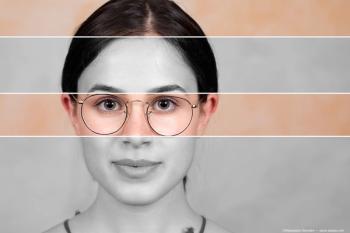
Contrary to the traditional understanding that this disorder remains stable, long-term structural changes were observed through spectral-domain optical coherence tomography (SD-OCT) imaging.
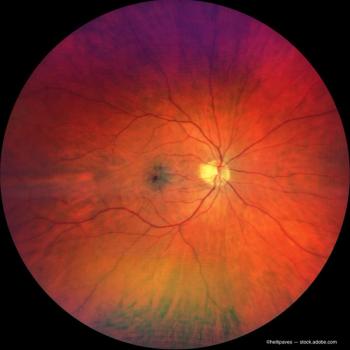
Mobile cameras allow University of Colorado ophthalmology residents working in hospital settings to conduct more comprehensive and efficient patient evaluations.

According to the company, 2,500 clinical and peer-reviewed studies that span 235 disease states have demonstrated the clinical utility of Optos technology.
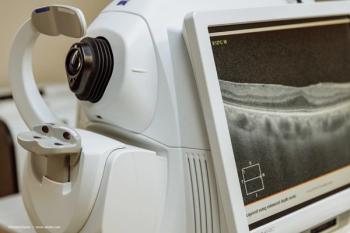
Multimodal technology bridges the gap between advanced age-related macular degeneration (AMD) biomarkers and clinical features.

Researchers at Mass Eye and Ear have demonstrated that retinal imaging can help predict a person’s risk of developing ocular, neuropsychiatric, cardiac, metabolic, and pulmonary diseases.
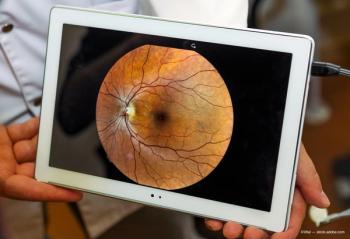
While the potential for fundus images is recognized, the methodology and clinical application must be improved.
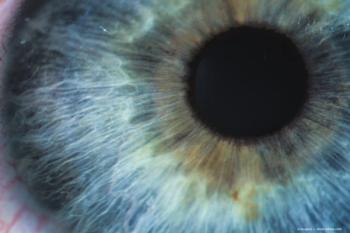
Varun Chaudhary, MD, FRCSC, addressed the big questions in treating patients with retinal vascular diseases at the Retina 2024 meeting in Maui.

The goal is to understand how individuals with CVI interact with their visual world








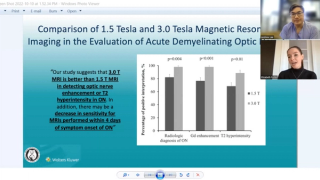



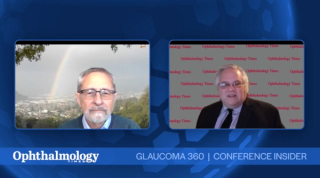
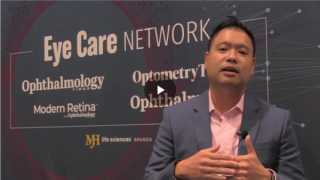
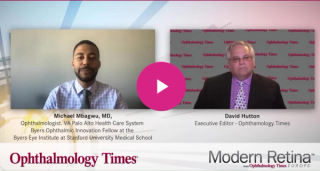










































.png)


